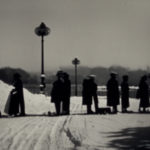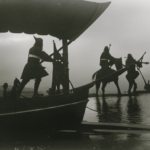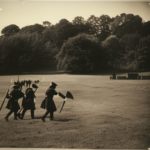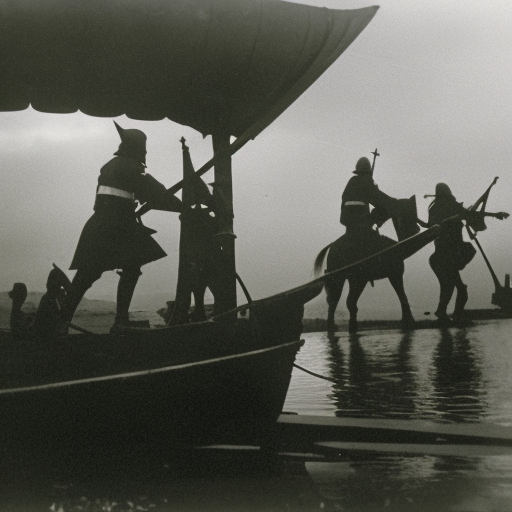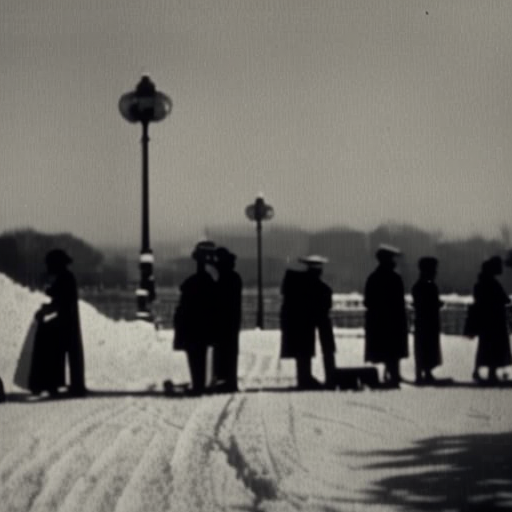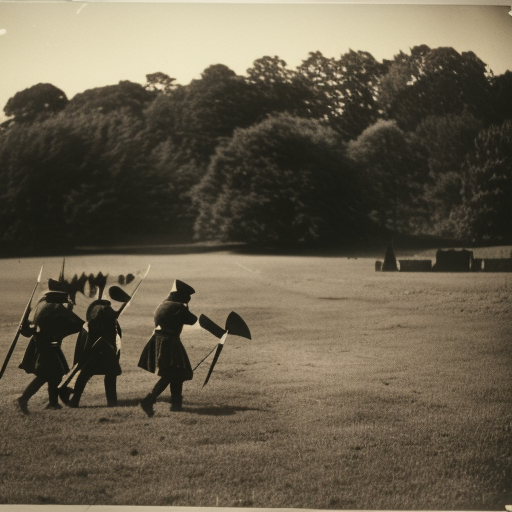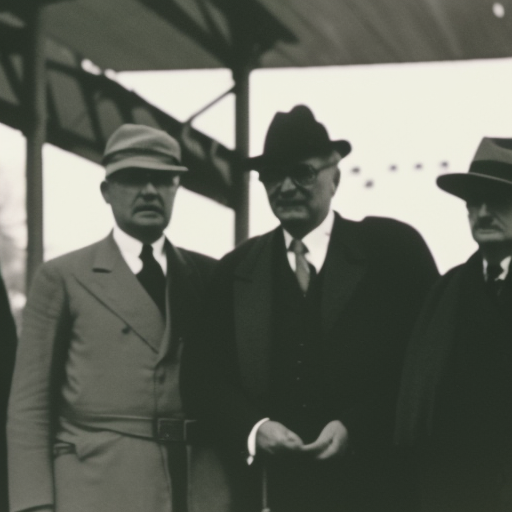The Viking Invasions of England
The Viking invasions of England were a series of raids and military campaigns conducted by Norse seafarers from the late 8th century to the early 11th century. These invasions had a significant impact on the political, social, and cultural landscape of England during the Viking Age.
Background: The Viking Age began with the raid on the monastery of Lindisfarne in 793. The Vikings, originating from Scandinavia, were skilled seafarers and warriors. They sought wealth, land, and glory through their raids and conquests. England, with its wealth and relatively weak defenses, became an attractive target for Viking raiders.
Early Raids: In the late 8th century, Viking raiders targeted monasteries and coastal settlements in England. These raids were characterized by their speed and brutality. The Vikings would arrive by ship, plunder the area, and quickly retreat. The English kingdoms, divided and lacking a unified defense, struggled to repel these attacks.
The Great Heathen Army: In the 860s, a large Viking force known as the Great Heathen Army arrived in England. Led by the legendary Viking leaders, such as Ivar the Boneless and Halfdan Ragnarsson, the army aimed to conquer and settle in England. They launched a series of campaigns, capturing major cities such as York and establishing a Viking presence in the region.
Alfred the Great: The Viking invasions reached their peak during the reign of King Alfred the Great of Wessex. Alfred successfully defended his kingdom against Viking attacks and negotiated a peace treaty with the Vikings, known as the Treaty of Wedmore, in 878. This treaty established a boundary between the Viking-controlled territories, known as the Danelaw, and the Anglo-Saxon kingdoms.
The Danelaw: The Danelaw was a region in England where Viking law and customs were recognized. It covered much of the eastern and northern parts of England, including areas such as East Anglia, Northumbria, and parts of Mercia. The Danelaw had a significant impact on the English legal system and the development of towns and trade.
Kingdom of England: Over time, the Viking presence in England evolved from raids to settlement and assimilation. Viking leaders, such as Guthrum, embraced Christianity and adopted English customs. In the 10th century, the Viking-controlled territories gradually came under the control of the English kings, leading to the formation of a unified Kingdom of England.
Legacy: The Viking invasions of England left a lasting impact on the country. The raids and subsequent settlements led to the introduction of Scandinavian words and customs into the English language and culture. The Vikings also influenced the development of trade routes and urban centers in England. Additionally, the invasions prompted the English kingdoms to strengthen their defenses and eventually unite under a single ruler.
In conclusion, the Viking invasions of England were a defining period in English history. The raids and conquests by Viking warriors shaped the political and cultural landscape of the country. The Viking Age in England marked a period of conflict, but it also led to the assimilation of Viking and Anglo-Saxon cultures, ultimately contributing to the formation of the Kingdom of England.
